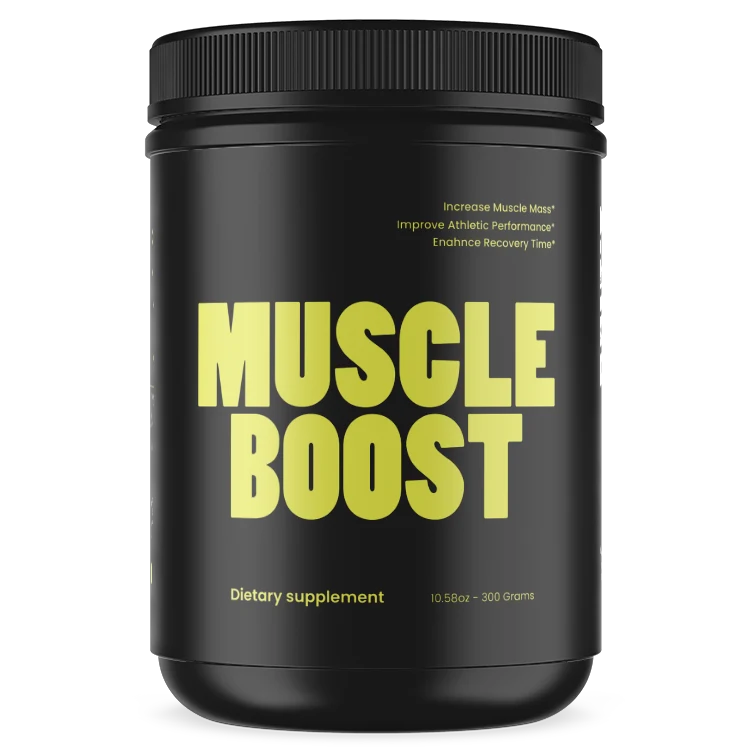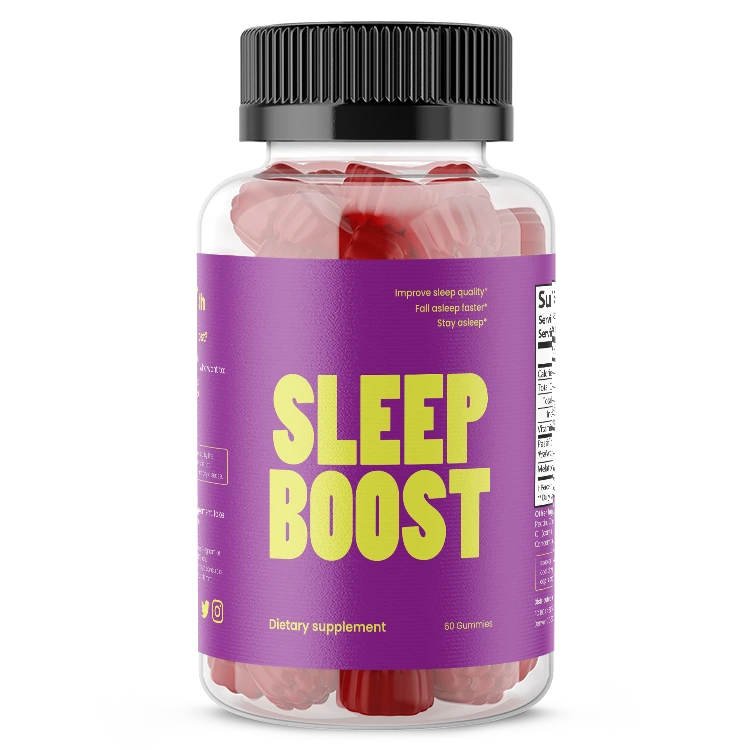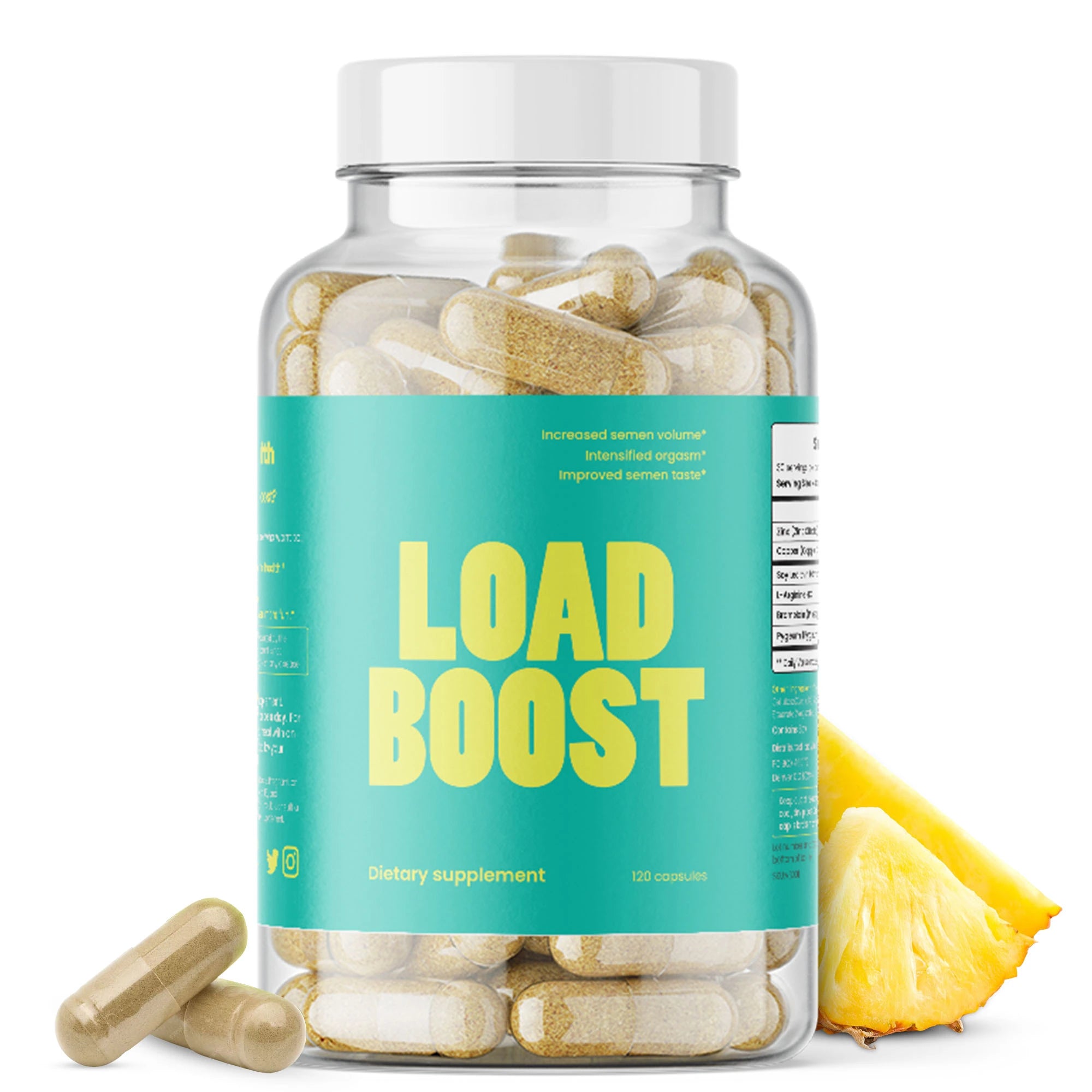The Bristol Stool Chart is an invaluable tool for monitoring our digestive health, offering insights into our bowel habits and what they could mean for our overall well-being.
Bristol Type 2 poop, characterized by its lumpy and sausage-like appearance, falls into this chart as an indicator of slow bowel transit. While not as severe as Type 1, it highlights mild constipation and the need for dietary and lifestyle adjustments.
What Is Bristol Type 2 Poop?
Bristol Type 2 poop is distinct with its sausage-like shape, but unlike its smoother counterparts, it's marked by a lumpy texture. These characteristics suggest a bowel movement that's not as delayed as Type 1 but still slower than ideal, leading to harder, compact stools that can be difficult to pass.
Causes and Health Implications
Dietary Influences
A diet lacking in fiber is a significant cause of Bristol Type 2 poop. Fiber helps bulk up the stool, allowing for smoother transit and easier elimination. Conversely, a low-fiber diet leads to harder, lumpy stools. Additionally, inadequate fluid intake exacerbates this condition by further drying out the stool, making it more difficult to pass.
Hydration Levels
Proper hydration is essential for softening stools and facilitating easier bowel movements. Water helps dissolve soluble fibers, creating a gel-like substance that adds bulk and softness to the stool.
Health Conditions
While Bristol Type 2 poop can be a result of dietary choices, it may also indicate mild constipation or conditions like Irritable Bowel Syndrome (IBS) when persistent. It's important to observe other symptoms that might accompany this stool type for a better understanding of one's health status.
How It Affects Your Body
Regularly passing Type 2 stools can lead to discomfort, including bloating and the need to strain during bowel movements. Over time, this strain may increase the risk of developing hemorrhoids or other complications related to chronic constipation.
When to See a Doctor
It's advisable to seek medical attention if experiencing persistent constipation, noticeable changes in bowel habits, or if bowel movements become painful. These could be signs of a more serious underlying condition that requires professional diagnosis and management.
Tips for Healthy Bowel Movements: Managing Bristol Type 2 Poop
Adjusting Your Diet
Incorporating more fiber into your diet is crucial. Aim for a variety of high-fiber foods such as fruits, vegetables, whole grains, and legumes. These foods help improve stool consistency and promote regular bowel movements.
Optimizing Hydration
Ensure adequate fluid intake by drinking at least 8-10 glasses of water daily, more if you're active or live in a hot climate. This will help keep your stools soft and easier to pass.
Exercise Recommendations
Engaging in regular physical activity, such as walking, swimming, or yoga, can stimulate bowel movements and help alleviate mild constipation associated with Type 2 poop.
Supplemental Support
For some, fiber supplements or stool softeners may be necessary. However, it's important to use these under the guidance of a healthcare provider to avoid dependency and ensure they're appropriate for your specific health situation.
Routine and Lifestyle Changes
Developing a consistent bathroom routine can improve regularity. Additionally, managing stress through mindfulness, meditation, or exercise can have a positive impact on your digestive system.
Conclusion
Understanding and addressing the causes of Bristol Type 2 poop can significantly improve your digestive health and quality of life. By making dietary, lifestyle, and hydration changes, it's possible to transform your bowel habits and reduce the discomfort associated with this stool type.
Frequently Asked Questions
- How quickly can dietary changes impact stool consistency? Dietary changes can affect bowel movements in as little as a few days, but it may take longer for some individuals to see noticeable improvements.
- Is it normal for stool consistency to vary? Yes, it's normal for stool consistency to vary occasionally due to changes in diet, hydration levels, and physical activity.




